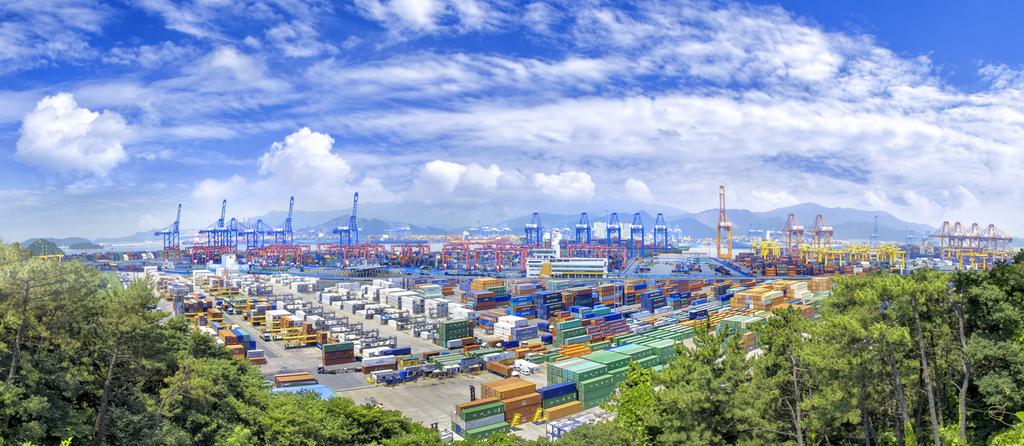
機会と成功の場所、釜山鎮海経済自由区域
BJFEZニュース
BJFEZ Surpasses USD 350 Million in FDI in Four Months – Marking Rapid Growth Momentum
- CreateDate
- 2025-05-12 12:57:36
- Writer
- 홍보미디어과

BJFEZ Surpasses USD 350 Million in FDI in Four Months – Marking Rapid Growth Momentum
BJFEZ Surpasses USD 350 Million in FDI in Four Months – Marking Rapid Growth Momentum
- USD 352 million in FDI recorded from January to April – the highest figure for the period in BJFEZ's history
- Commissioner Park Sung-ho: “A result of transitioning to a strategic investment attraction model; we will lead in high-tech and mixed-use development investments”
The Busan-Jinhae Free Economic Zone Authority (Commissioner Park Sung-ho, hereinafter referred to as “the BJFEZ Authority”) announced that as of the end of April, it had recorded USD 352 million in foreign direct investment (FDI), marking the highest four-month total since the Authority’s inception.
This figure represents an approximately 66% increase compared to the same period in 2024 (USD 211.69 million), making it all the more meaningful given the ongoing global economic slowdown and uncertainties in global supply chains.
This achievement is particularly attributed to the transition to a “strategic investment attraction model” promoted under Commissioner Park’s leadership. The BJFEZ Authority has restructured its investment attraction portfolio, moving away from a focus on traditional manufacturing industries to prioritize high-value-added service sectors and mixed-use development models. In fact, most of the foreign investment attracted this year falls under complex investment models that combine high-tech industries, smart logistics, and global R&D functions—elements that are expected to positively impact both the region’s residential environment and industrial ecosystem.
The economic ripple effects of these investment achievements are also noteworthy. Based on input-output analysis, the BJFEZ Authority projects that its first-half investment performance will generate approximately KRW 830 billion in production inducement and create around 2,800 direct and indirect jobs. Beyond short-term capital inflows, the region is now experiencing structural transformations, including the creation of high-quality jobs for local youth, enhanced university-industry collaboration, and the integration of urban and industrial functions.
*Economic Impact of FDI – Production Inducement Multiplier Based on Input-Output Tables
① Services such as education and R&D: 2.0 to 2.4
② High-tech logistics and mixed-use development: 2.5 to 2.8
For every USD 100 million in foreign investment, an estimated USD 200–280 million in production inducement is expected.
Commissioner Park remarked, “This achievement is significant not merely in terms of investment volume, but as the result of restructuring our investment attraction framework. The BJFEZ is evolving beyond an industrial complex into an urban, mixed-use economic hub where global talent and technologies converge.” He added, “In the second half of the year, we will continue to expand a sustainable investment ecosystem by forming targeted partnerships with companies from the Middle East, North America, and Asia, particularly in strategic industries.”
The BJFEZ Authority plans to further advance its strategic investment attraction model, focusing not only on securing foreign capital but also on enhancing regional connectivity, residential infrastructure, and the creation of high-quality employment opportunities.
In particular, by leveraging the development of the South Container Hinterland Complex at Busan New Port and its connectivity with the upcoming Gadeok Island New Airport, the BJFEZ aims to position itself as a global mixed-use investment hub that drives simultaneous urban and industrial growth.



